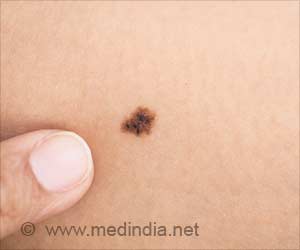A US-based team, with two Indians on board, has won $100,000 in funding at the Duke University's CUREs competition to develop a device to facilitate cervical cancer prevention in poorer parts of the planet.
The device, cerviScope, is a portable colposcope - an electric microscope that gives an illuminated and enlarged view of the cervix, that will cost roughly 95 percent less than comparable technology in US-based hospitals. Since it is portable, it can be transported in mobile hospital units to benefit patients in remote areas.This year's five-member winning team included Gauravjit Singh (Chandigarh) and Ramakrishnan "Ram" Balasubramanian (Mumbai). Other members of the team were Teh Tam (US citizen of Chinese origin), Xiao Wu of Hong Kong and Adnan Haider from Karachi in Pakistan.
Cervical cancer is the leading cause of cancer-related death among women. Over 260,000 women die every year from this disease, with 80 percent of these cases occurring in the "developing world".
Cervical cancer is highly preventable, but this problem is overlooked by most public health organizations.
"ImaGyn has garnered resounding support from the gynaecology community in Duke Hospital and in Hopital St. Croix in Haiti during the development of the cerviScope," said a university statement.
During an early prototype demonstration, Peter Cartwright proclaimed: "I think it's got some potential. (The cerviScope) is much better actually than the colposcope... considering the social impact on women in the developing world, I would pay $1,000 to sponsor one or more cerviScopes for use in a low-resource country like Haiti."
Advertisement
Jeffrey Wilkinson of Urogynecology, Duke University School of Medicine, was quoted as saying: "...I think it is a great idea. I have personally seen the value of colposcopes in resource-poor settings in India, Africa and the Caribbean. Access to cervical cancer screening and treatment is essential for women in developing countries."
Advertisement
Last year, there was another Indian link on the winner's tally.
An inexpensive device to treat neonatal jaundice developed by Vijay Anand of Bangalore was adjudged as having the potential to save victims of jaundice.
Vijay Anand, a student of Pratt School of Engineering at Duke University in the US, had developed a light unit for $500. With the standard light to treat neonatal jaundice costing $4,000 each, hospitals, especially in poor and underdeveloped countries, cannot afford to buy them.
Source-IANS
MED/M








